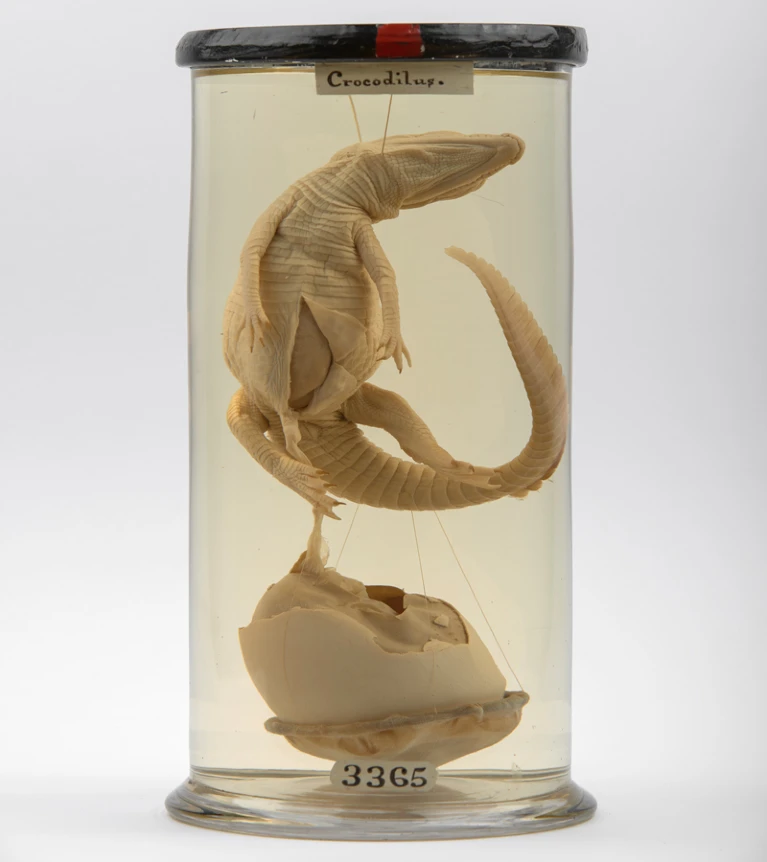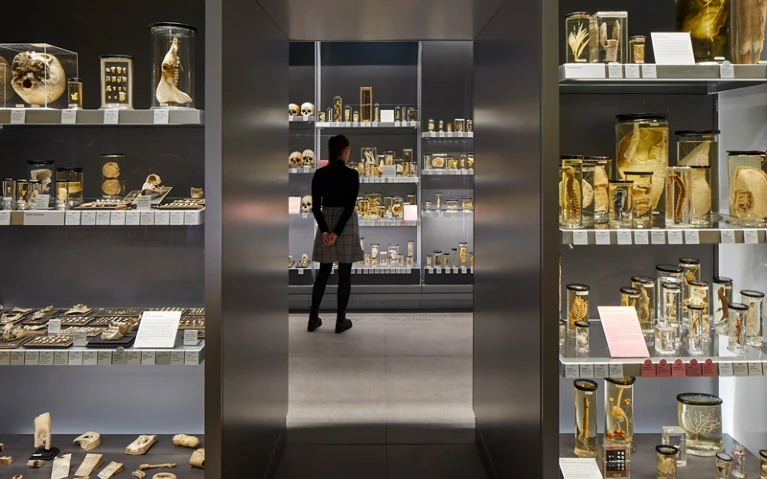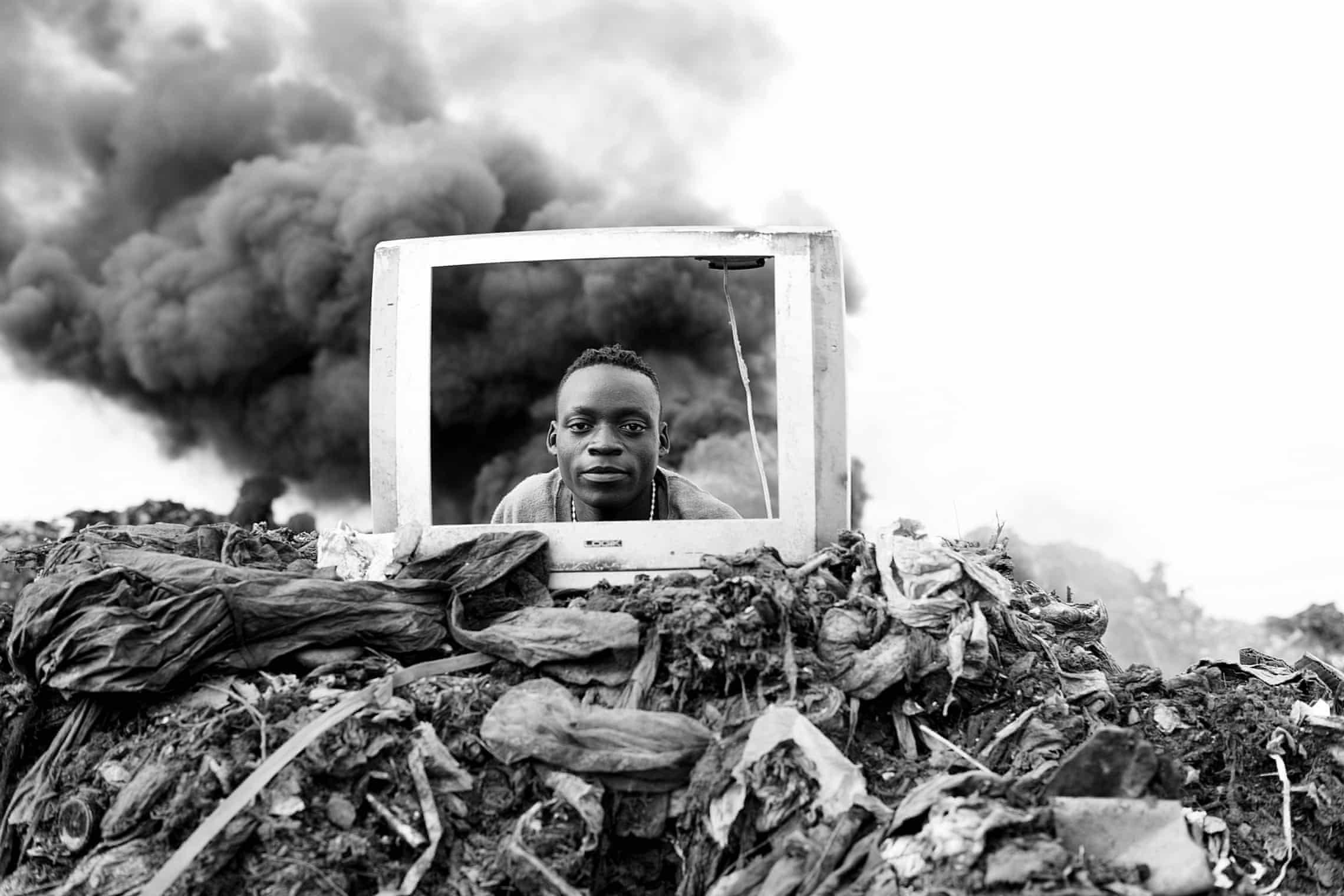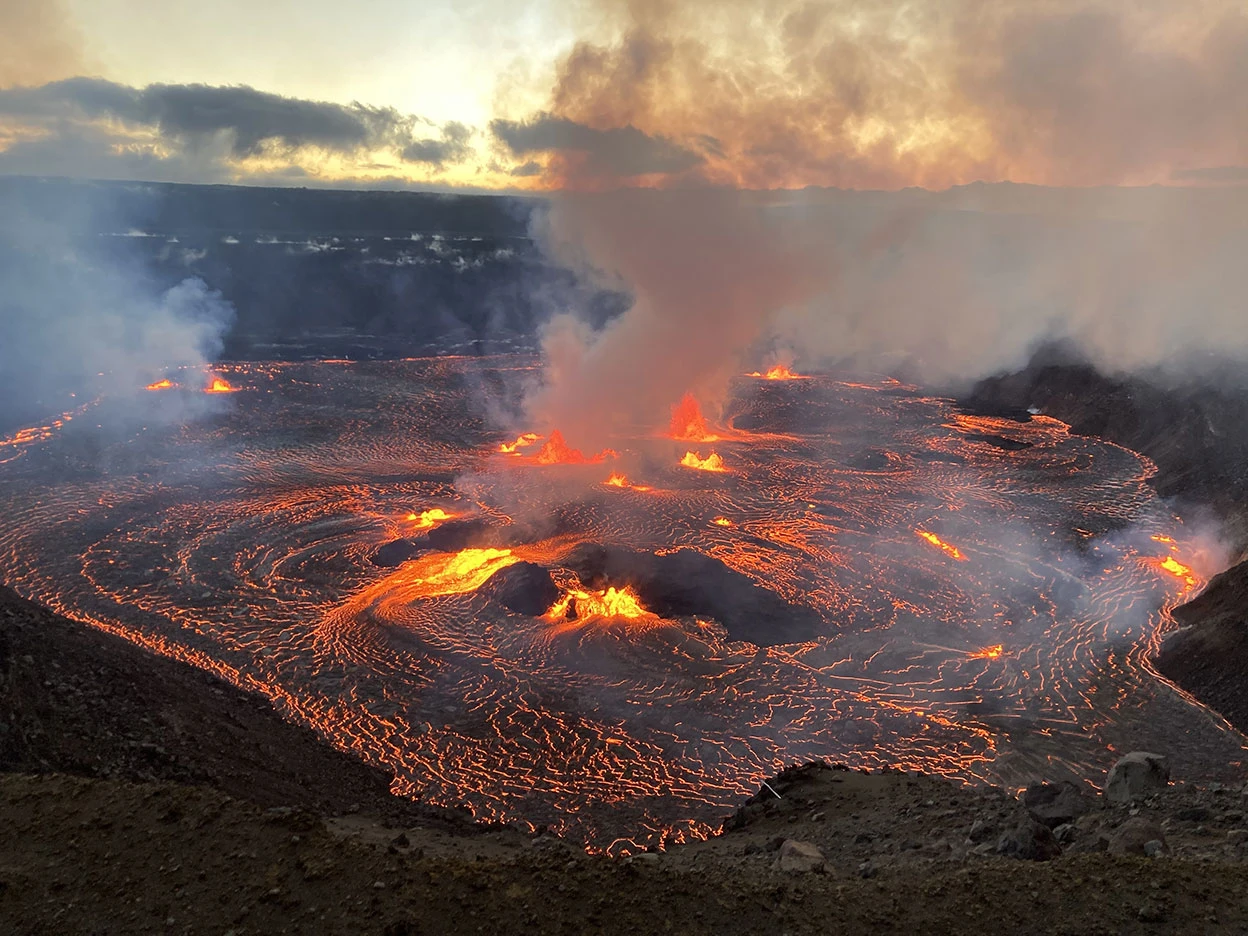That looks photoshopped.
You are using an out of date browser. It may not display this or other websites correctly.
You should upgrade or use an alternative browser.
You should upgrade or use an alternative browser.
Cool Pictures 14: no , it wasn't me who painted Mona Lisa
- Thread starter r16
- Start date
Yes, most likely. The cat makes no physical indentation on the bird, and you can plainly see that its shadow isn't in sync with the rest of the picture.
Even so, any cat riding on the back of a bird would get very wet if the bird dove or flew away.
Therefore, it meets my criteria for a cool picture.
Even so, any cat riding on the back of a bird would get very wet if the bird dove or flew away.
Therefore, it meets my criteria for a cool picture.
In Gujarat, India, the Smritivan Earthquake Memorial and Museum by Rajeev Kathpalia also marries architecture and the environment over a sprawling 470 acres. A tribute to the victims of the 2001 Gujarat earthquake, the building features water reservoirs displaying their names.

Broken_Erika
Play with me.
Perfectly modern Sanctuary Hills I mean Prefab House.


Those prefab Lustron houses are enameled metal on the outside and the roof. There are 3 of them in my daughter's neighborhood in St Louis. They have become protected there from being demoed by those who want a bigger more modern house.
Lustron houses are prefabricated enameled steel houses developed in the post-World War II era United States in response to the shortage of homes for returning G.I.s by Chicago industrialist and inventor Carl Strandlund. Considered low-maintenance and extremely durable, they were expected to attract modern families who might not have the time or interest in repairing and painting conventional wood and plaster houses. Lustron production ceased in 1950 due to the company's inability to pay back the startup loans it had received from the Reconstruction Finance Corporation. Over 2,000 homes were constructed during the Lustron's brief production period, and many remain in use today. Several have been added to the National Register of Historic Places.

 en.wikipedia.org
en.wikipedia.org

Lustron houses are prefabricated enameled steel houses developed in the post-World War II era United States in response to the shortage of homes for returning G.I.s by Chicago industrialist and inventor Carl Strandlund. Considered low-maintenance and extremely durable, they were expected to attract modern families who might not have the time or interest in repairing and painting conventional wood and plaster houses. Lustron production ceased in 1950 due to the company's inability to pay back the startup loans it had received from the Reconstruction Finance Corporation. Over 2,000 homes were constructed during the Lustron's brief production period, and many remain in use today. Several have been added to the National Register of Historic Places.
Lustron house - Wikipedia
r16
not deity
- Joined
- Nov 10, 2008
- Messages
- 11,247
in case it has escaped your attention , ı might or might not have claimed the guy was PLA officer or NCO some years ago in CFC . That the media says something is no guarantees that the thing is true or whatever . In case you haven't noticed he keeps carrying his groceries or whatever or it might even include his ID papers and a Scorpion submachine gun or whatever the Chinese had in those days . Want to believe he is a martyr in the name of Democracy ? What , ı can't be fixing that , right ?
and easy with painting with anti-democracy thing or whatever , too . You have had just 4 years of Trump . You lack experience in defining what's what .
edit: This involves some posts that were taken to a different thread .
and easy with painting with anti-democracy thing or whatever , too . You have had just 4 years of Trump . You lack experience in defining what's what .
edit: This involves some posts that were taken to a different thread .
Last edited:
Using dominoes to add three (binary) numbers.

This is a "full adder", because it allows you (by just having more identical formations linked up) to add any numbers (the third addition serves as ability to do the "carry" bit).
The idea is that, using length of some of the routes, you have time to achieve cancellation of existing attempts to cancel a path.
So if you have a lot of dominoes, and a robot to place them back each time, you can create a basic digital computer that uses gravity in the place of electricity ^^

This is a "full adder", because it allows you (by just having more identical formations linked up) to add any numbers (the third addition serves as ability to do the "carry" bit).
The idea is that, using length of some of the routes, you have time to achieve cancellation of existing attempts to cancel a path.
So if you have a lot of dominoes, and a robot to place them back each time, you can create a basic digital computer that uses gravity in the place of electricity ^^
Last edited:
Pinterest informs me that these are from a cat-themed tarot deck, but since what I know of tarot cards isn't much, I'm just going to enjoy the artistry:


 "I'm walkin' in sunshine... and don't it feel good!"
"I'm walkin' in sunshine... and don't it feel good!" 
 "I'm walkin' in sunshine... and don't it feel good!"
"I'm walkin' in sunshine... and don't it feel good!" 
Bonyduck Campersang
Deity
- Joined
- Dec 11, 2022
- Messages
- 2,934
Hilma af Klint

Bonyduck Campersang
Deity
- Joined
- Dec 11, 2022
- Messages
- 2,934
Joszef Kiss

Bonyduck Campersang
Deity
- Joined
- Dec 11, 2022
- Messages
- 2,934
ఠ_ఠView attachment 664792
This is an insect that covers itself with ants it killed. Presumably so as to make its own enemies think it is an entire ant regiment and leave it alone.
tjs282
Stone \ Cold / Fish
Liked for the picture, which is fantastic, not the story it tells, which is tragic...
Kilauea live stream:

This crocodile hatchling is one of more than 2,000 specimens in the Hunterian Museum, I really want to go and probably will, it is not far away.
Spoiler Some dodgy history of the collection :
Eighteenth century Scottish surgeon and anatomist John Hunter made trailblazing contributions to both fields, including performing one of the first instances of artificially inseminating a woman. But he is perhaps best known today as an inveterate collector who acquired, dissected and preserved human and animal tissues from all corners of Earth.
All in all, Hunter, who lived from 1728 to 1793, filled more than 14,000 specimen jars. Most have been lost over the years, including more than 10,000 destroyed by the bombing of London during the Second World War. But many of those that remain tell poignant stories, from a tiny crocodile hatchling emerging from its egg to a man’s bullet-perforated anatomy. Together with objects from Hunter’s London homes and items such as surgical saws, hammers and retractors, roughly 2,000 of these surviving specimens form the centrepiece of the Hunterian Museum in London, which reopened in its home at the Royal College of Surgeons of England on 16 May after a six-year, £4.6-million (US$5.8-million) refurbishment.
But drastically different ethics now underpin Hunter’s artefacts, how they were collected and their display — uncomfortable facts that the reimagined museum explicitly acknowledges. For example, one wall features portraits of people of different races who at the time had gained celebrity status as human curiosities. These portaits were originally displayed alongside human and animal specimens in Hunter’s home in London’s Leicester Square. There is some speculation that he invited some of those portrayed to his house, and Hunter’s work explored human variation, which influenced later racial theories. Kemp acknowledges that the Hunterian was a place “where some of those closely involved in the Western ‘colonial project’ developed sinister and awful ideas on racial theory”.
The gallery’s introductory panel notes that Hunter gathered his specimens before modern standards of consent were established. The concept of an ethical review board was as alien to Hunter as ‘body-snatching’, the gruesome practice through which he procured many remains, is to viewers today. “We recognise the debt owed to those people — named and unnamed — who in life and death have helped to advance medical knowledge,” it reads.
Rather than choosing not to display items whose provenance is uncertain, Kemp’s team has tried to address this legacy by making the effort to research and show the names of previously anonymous people. “We had to have these people represented to be able to understand and tell their story,” she says. The museum has, however, removed from display the 2.3-metre skeleton of the ‘Irish Giant’ Charles Byrne, whose remains Hunter acquired at his death in 1783 for a rumoured £500, despite Byrne’s wish to be buried at sea.

All in all, Hunter, who lived from 1728 to 1793, filled more than 14,000 specimen jars. Most have been lost over the years, including more than 10,000 destroyed by the bombing of London during the Second World War. But many of those that remain tell poignant stories, from a tiny crocodile hatchling emerging from its egg to a man’s bullet-perforated anatomy. Together with objects from Hunter’s London homes and items such as surgical saws, hammers and retractors, roughly 2,000 of these surviving specimens form the centrepiece of the Hunterian Museum in London, which reopened in its home at the Royal College of Surgeons of England on 16 May after a six-year, £4.6-million (US$5.8-million) refurbishment.
But drastically different ethics now underpin Hunter’s artefacts, how they were collected and their display — uncomfortable facts that the reimagined museum explicitly acknowledges. For example, one wall features portraits of people of different races who at the time had gained celebrity status as human curiosities. These portaits were originally displayed alongside human and animal specimens in Hunter’s home in London’s Leicester Square. There is some speculation that he invited some of those portrayed to his house, and Hunter’s work explored human variation, which influenced later racial theories. Kemp acknowledges that the Hunterian was a place “where some of those closely involved in the Western ‘colonial project’ developed sinister and awful ideas on racial theory”.
The gallery’s introductory panel notes that Hunter gathered his specimens before modern standards of consent were established. The concept of an ethical review board was as alien to Hunter as ‘body-snatching’, the gruesome practice through which he procured many remains, is to viewers today. “We recognise the debt owed to those people — named and unnamed — who in life and death have helped to advance medical knowledge,” it reads.
Rather than choosing not to display items whose provenance is uncertain, Kemp’s team has tried to address this legacy by making the effort to research and show the names of previously anonymous people. “We had to have these people represented to be able to understand and tell their story,” she says. The museum has, however, removed from display the 2.3-metre skeleton of the ‘Irish Giant’ Charles Byrne, whose remains Hunter acquired at his death in 1783 for a rumoured £500, despite Byrne’s wish to be buried at sea.

Last edited:



